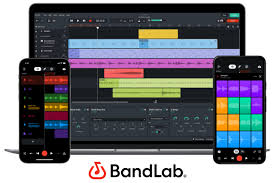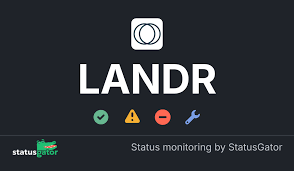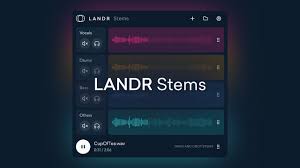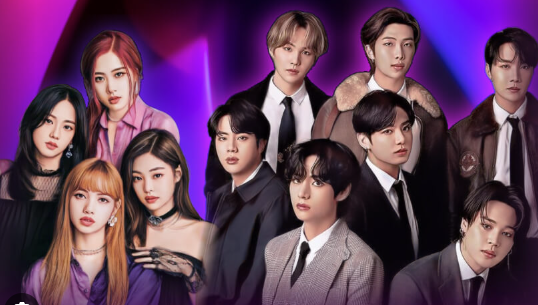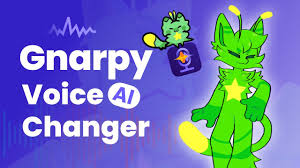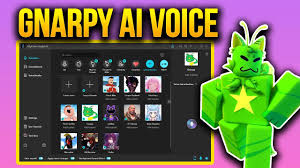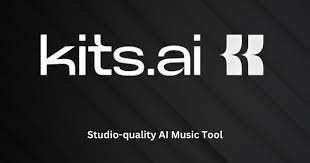Introduction: Why AI Singing Voice Generators Are Disrupting Music Production in 2025
The gap between human vocalists and machine-generated voices has shrunk dramatically. In 2025, AI singing voice generators have evolved from experimental curiosities into polished, professional-grade tools. Whether you’re a music producer working on a tight budget, a hobbyist without access to vocalists, or a YouTuber creating covers or jingles, these tools are changing how music is made.
But here’s the challenge: the number of AI voice tools has exploded. Dozens of platforms now offer synthetic singing—but which ones actually sound good?
In this guide, we’ll walk through the best AI singing voice generators available in 2025. We’ll cover what makes them stand out, who they’re best suited for, and how to start using them. Each platform listed here is real, active, and being used by thousands of creators globally.
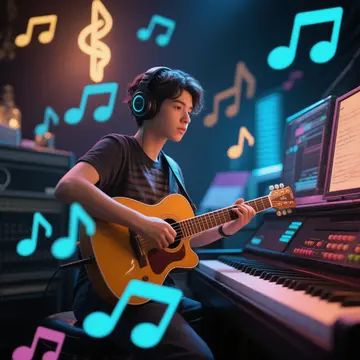
What Are AI Singing Voice Generators?
An AI singing voice generator is software that uses machine learning models to convert text or melodies into sung vocals. These tools are trained on thousands of human voice recordings and can:
Replicate different vocal timbres (male, female, robotic, ethereal, etc.)
Follow melodies and harmonies
Adjust pitch, tone, and vibrato automatically
Export vocals as stems ready for use in DAWs
The top AI singing tools today support realistic emotional expression and stylistic nuance—think vibrato control, genre adaptation, and multilanguage capability.
Key Features to Look For in the Best AI Singing Voice Generators
Before diving into product reviews, here’s what distinguishes an excellent singing voice AI:
Voice realism: Does the vocal model sound natural, or robotic?
Customization: Can you control tone, emotion, pitch range, and dynamics?
Genre suitability: Is it tuned for pop, EDM, rock, or cinematic music?
Export formats: Does it offer multi-track stems or just a merged file?
Licensing: Can you use the vocals commercially?
These factors determine whether an AI singing voice tool is just a toy—or a studio-grade tool.
The Best AI Singing Voice Generators in 2025
1. Synthesizer V by Dreamtonics
Best for realistic singing and advanced vocal control
Synthesizer V has consistently led the AI singing space with ultra-realistic voicebanks and deep control. It supports pitch curves, phoneme editing, breath control, vibrato shaping, and vocal expression layers.
Languages supported: English, Japanese, Chinese
Top voices: Eleanor Forte, SOLARIA, Kevin, Weina
Strengths: Studio-grade exports, professional production use
Pricing: Free version available; premium licenses start at $89 per voice
Real-world stat: Over 5 million downloads worldwide and growing.
2. Kits.AI
Best for creators looking for custom AI singing voices
Kits.AI lets users create their own singing voice models by uploading training data—or choose from a large library of pre-trained voices. The real draw is its AI song generator that allows lyric+melody input to produce sung outputs.
Customization: High, with editable style and voice cloning
Export formats: WAV, stem options available
Notable use: Popular among YouTubers and indie pop producers
Pricing: Free tier available; Pro plans from $14/month
Used in viral AI covers across TikTok and YouTube.
3. Voicemod Text-to-Song
Best for fun and fast musical voice creation
Voicemod’s text-to-song generator is designed for entertainment, not high-end music production. It offers catchy backing tracks and lets users input lyrics to generate sung snippets in various preset styles.
Genres: EDM, rock, hip-hop, meme-style songs
Limitations: No custom voice uploading; limited musical depth
Great for: Memes, viral content, birthday songs
Pricing: Mostly free; Pro plan unlocks more voices
Popular with streamers and creators making content for Reels and Shorts.
4. Vocaloid 6 by Yamaha
Best for legacy users and J-Pop enthusiasts
Vocaloid continues to innovate with version 6, integrating AI-based voice models that offer smoother transitions and emotion-based singing. While its interface is slightly less intuitive than newer tools, its stability and iconic voices make it a staple.
Top voices: Hatsune Miku (via Piapro), Megpoid AI, Meika Hime
Strengths: Multi-language support, massive voice library
Weaknesses: Higher learning curve for beginners
Pricing: $225+ depending on voice pack
Used in over 100,000 commercial songs across anime and pop culture.
5. Suno AI
Best for quick song generation with vocals included
Suno allows you to input a theme or prompt and get back a fully generated song—complete with lyrics, instrumentation, and AI vocals. While not fully customizable, it’s ideal for content creators who need quick, catchy results.
Customization: Low to moderate
Output quality: Surprisingly catchy but lacks pro mixing control
Best use: Social content, concept songs, soundtracks for shorts
Pricing: Free and paid tiers available
Growing rapidly among casual creators with over 1 million monthly active users.
6. Voiceful.io
Best for multilingual AI singing voice generation
Voiceful offers dynamic AI singing in English, Spanish, and Catalan, focusing on emotional and adaptive performances. Its integration with music tools and clear licensing make it suitable for schools, agencies, and indie musicians.
Use cases: Advertising, educational content, indie albums
Export: High-quality WAV with licensing
Best voices: Nuria, Lucas (multi-emotion models)
Pricing: Custom quotes for commercial projects
Adopted in music tech education programs across Europe.
Why These AI Singing Tools Matter for Creators
AI singing voice generators aren’t replacing singers—they’re expanding access to vocal creativity. Think about how producers used MIDI for instruments decades ago; AI vocals are the next logical evolution.
With these tools, you can:
Prototype songs faster
Record demos without booking a vocalist
Create alternate language versions of your tracks
Make music even if you can’t sing yourself
This democratization is especially important in non-English-speaking countries where access to native vocalists is limited.
Common Mistakes to Avoid When Choosing an AI Singing Voice Generator
Ignoring licensing terms: Many AI-generated voices have restrictions on monetized use.
Choosing based on novelty, not quality: Viral doesn’t always mean usable.
Expecting perfect pronunciation in every language: AI voice generators still have limits, especially with tonal languages or rare dialects.
Skipping the mixing stage: Even the best AI vocals still benefit from EQ, reverb, and layering.
FAQs
Can I use AI singing voice generators for commercial releases?
Yes—but always read the voice model's licensing terms. Some platforms allow commercial use freely, others require attribution or paid licenses.
Which AI singing voice generator is best for beginners?
Kits.AI and Synthesizer V (with Eleanor Forte Lite) offer easy entry points. Voicemod is great for playful exploration.
Are AI vocals detectable by listeners?
In 2025, trained ears may still spot subtle artifacts. But with good production, most casual listeners won’t notice.
What DAWs support these tools?
All tools listed can export audio files compatible with FL Studio, Ableton, Logic Pro, and others.
Can I create harmonies or backing vocals?
Yes. Many platforms like Synthesizer V and Vocaloid allow you to duplicate vocal tracks at different pitches and styles.
Conclusion: Embrace AI Singing Tools—But Use Them Creatively
The tools we’ve covered aren’t gimmicks. They’re powerful, evolving instruments that are being adopted in everything from film scores to viral TikToks.
Whether you’re producing your first track or building a library of vocals for ongoing commercial work, choosing the best AI singing voice generator comes down to your goals:
Need realism? Go with Synthesizer V or Vocaloid 6.
Want speed and ease? Try Kits.AI or Suno.
Looking for multilingual support? Explore Voiceful.io.
Use them wisely, mix them well, and always keep the human touch somewhere in your creative process.
Learn more about AI MUSIC

